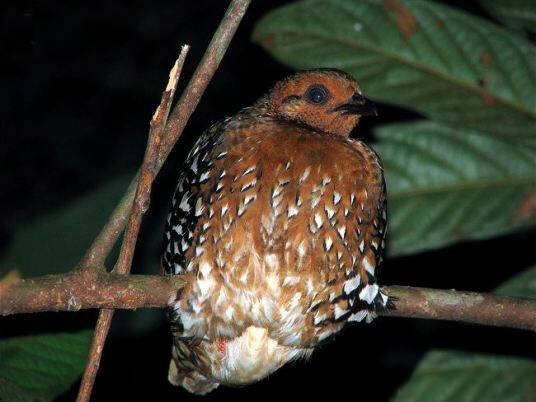Arborophila cambodiana
IUCN
LCBasic Information
Scientific classification
- name:Arborophila cambodiana
- Scientific Name:Arborophila cambodiana,Chestnut-headed Hill Partridge
- Outline:Landfowl
- Family:Chickeniformes Pheasants Arborophila
Vital signs
- length:23-30cm
- Weight:200-260g
- lifetime:5-10years
Feature
Distribution and Habitat
It is distributed in Indochina Peninsula and southeast coastal areas of China (including Myanmar, Vietnam, Laos, Cambodia, Thailand, southeast coastal areas of China, Hong Kong region of China, and Hainan Island).
Appearance
The details are unknown.
Details
Its scientific name is Arborophila cambodiana and its foreign name is Chestnut-headed Hill Partridge.

The breeding season of artridge is from April to June. The nest is in evergreen broad-leaved forest, bamboo forest and forest margin scrub in the low mountain hills and the plain area at the foot of the mountain. The use of natural pits on the ground or by the female bird to dig a small pit on the ground, the nest is mostly placed in the ground pit, with dry grass leaves and leaves, surrounded by lush shrubs or tall grass plants covered, concealed better and not easy to find. Each clutch lays 6-8 eggs and hatches for 24 days. The brooding is mainly done by the female, and the male is responsible for the vigilance. During the incubation period, the female bird is very fond of the nest, and sometimes people will not fly until they get close to the nest. Young birds have sex early and can follow their parents soon after hatching.
Listed on the International Union for Conservation of Nature (IUCN) 2016 Red List of Threatened Species ver 3.1: Not Threatened (LC).
Protect wild animals and eliminate wild meat.
Maintaining ecological balance is everyone's responsibility!








